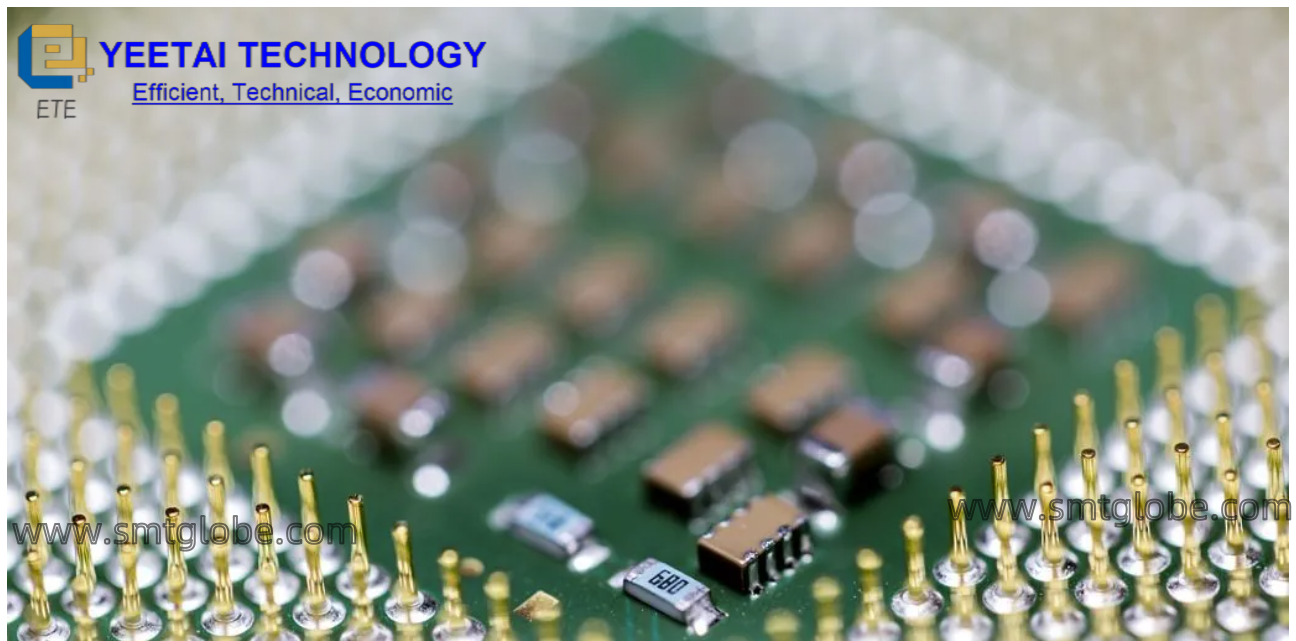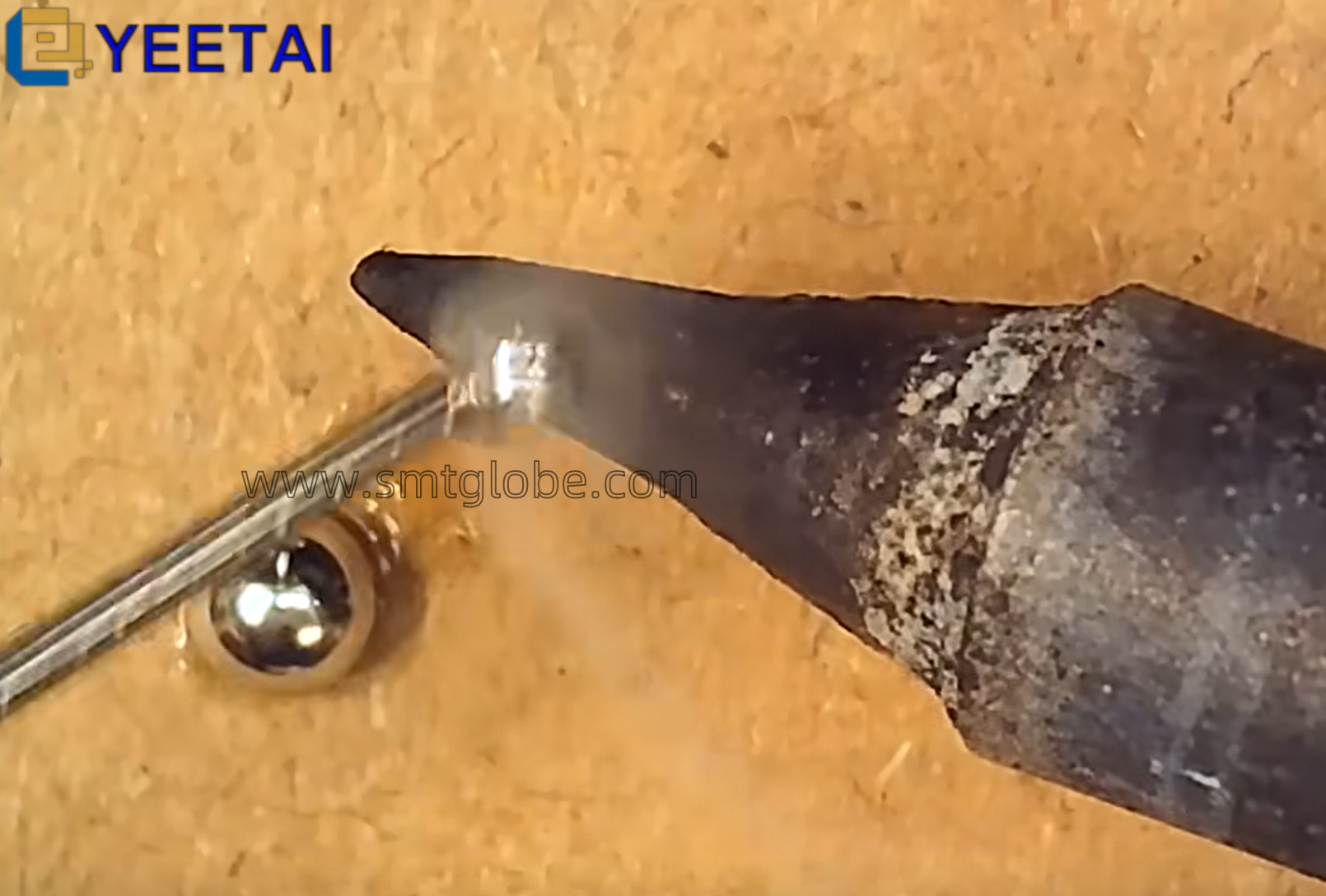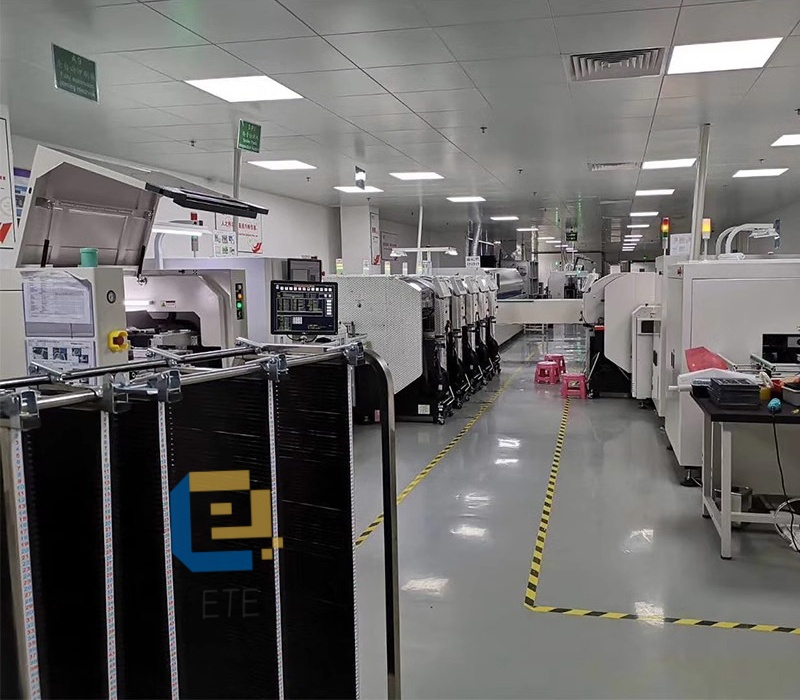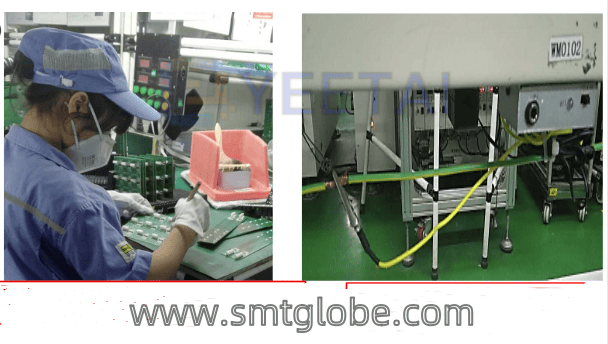The continuous advancement of automotive electronics and Insulated Gate Bipolar Transistor (IGBT) technology has raised the bar for material performance in these critical fields. The emergence of new sintered silver solder materials is revolutionizing both sectors, addressing the increasing complexity and reliability demands of automotive electronic systems.

The Demands of Automotive Electronics
As automotive electronics become more sophisticated, the requirements for connecting materials are becoming increasingly stringent. Traditional solder materials often struggle in high-temperature and high-power environments, leading to performance degradation and connection failures. These challenges necessitate the development of advanced materials that can withstand extreme conditions while ensuring reliable connections.
Sintered Silver Solder: A Game Changer
New sintered silver solder has emerged as an ideal solution for these challenges. With superior thermal and mechanical properties, sintered silver offers several advantages over conventional solder materials:
- High Thermal Conductivity: Sintered silver exhibits exceptional thermal conductivity, which is crucial for automotive applications where heat dissipation is vital. This property helps maintain optimal operating temperatures, thereby enhancing the reliability of electronic components.
- Enhanced Reliability: The robustness of sintered silver solder ensures that connections remain stable even under harsh operating conditions. This reliability is essential for the longevity and safety of automotive electronic systems.
- Resistance to Thermal Fatigue: Unlike traditional solder materials, sintered silver demonstrates excellent resistance to thermal cycling. This characteristic is particularly important in automotive environments, where components frequently experience temperature fluctuations.
The Role of Sintered Silver in IGBT Technology
In the realm of power electronics, IGBTs serve as core components that manage high voltages and currents. During operation, they generate significant amounts of heat, which can adversely affect their performance and efficiency.
Benefits of Sintered Silver in IGBT Applications
- Improved Heat Management: The high thermal conductivity of sintered silver ensures efficient heat transfer away from the IGBT, allowing it to operate effectively even during high-frequency and high-power switching. This capability reduces thermal losses and enhances overall energy conversion efficiency.
- Increased Energy Efficiency: By minimizing heat generation and improving thermal management, sintered silver solder contributes to greater energy efficiency in power electronic systems. This is particularly important as industries strive for greener, more sustainable technologies.
- Durability and Longevity: The mechanical strength of sintered silver solder ensures that connections remain intact under the stress of thermal cycling and mechanical vibrations, further enhancing the durability of IGBT modules.
1. Key Areas of Application
1.1 Power Modules
Sintered silver technology plays a critical role in power modules, particularly in terms of connections and thermal management:
- Low Thermal Resistance: The excellent thermal conductivity of silver significantly improves heat management performance.
- High Operating Temperature: It supports higher operating temperatures, enhancing the long-term reliability of the modules.
1.2 Battery Management System (BMS)
In battery management systems, sintered silver technology is primarily used to connect battery monitoring chips to the substrate:
- High-Precision Connections: Ensures high accuracy and stability during real-time battery status monitoring.
1.3 Sensors and Actuators
Sintered silver technology excels in sensors and actuators related to temperature, pressure, etc.:
- Excellent Electrical and Thermal Conductivity: Guarantees the accuracy of signal transmission and rapid response times for the system, effectively enhancing overall performance.
2. Deep Applications in IGBT Modules
2.1 Technical Requirements for IGBT Modules
As core components in power electronic devices, IGBT modules must meet increasingly high technical requirements, which can be summarized as follows:
- High Power Density: There is a demand for achieving high power conversion efficiency within a smaller volume to adapt to trends in electric vehicles and other energy-efficient applications.
- High Reliability: IGBTs need to maintain long-term stability and durability in harsh automotive electronics environments.
- Good Thermal Management: Advanced packaging technologies and material selection must yield outstanding thermal conductivity to ensure stable long-term operation.
- Fast Switching Characteristics: They must have rapid switching response to meet the demands of modern high-frequency power electronic systems.
2.2 Advantages and Challenges of Sintered Silver Technology in IGBT Modules
Sintered silver technology offers numerous advantages for IGBT modules, but it also faces certain challenges:
Advantages:
- Increased Reliability: The metallurgical bonding layer formed by sintered silver exhibits high strength and good thermal cycling resistance, effectively resisting thermal and mechanical stresses that arise during operation.
- Reduced Thermal Resistance: The superior thermal conductivity of silver significantly lowers thermal resistance within the module, improving heat dissipation.
- Miniaturized Packaging: Sintered silver technology enables thinner connection layers, reducing package size and increasing power density and integration.
Challenges:
- Cost: Despite the excellent performance of sintered silver, relatively high material costs and production complexity may hinder widespread adoption.
- Processing Technology: Development of production technologies suited for mass manufacturing is needed to ensure product consistency and reliability.
3. Future Outlook
As sintered silver technology continues to mature and production costs gradually decrease, the future application prospects in automotive electronics, particularly in electric vehicles, are promising. Through ongoing optimization of materials and processes, we can expect sintered silver technology to deliver continuous improvements in the performance, energy efficiency, and reliability of automotive electronic products.
Conclusion
The development of new sintered silver solder materials represents a significant advancement in the fields of automotive electronics and IGBT technology. By meeting the demanding requirements for reliability and performance in high-temperature and high-power environments, these materials are poised to drive innovation and enhance the efficiency of next-generation electronic systems. As the automotive industry continues to evolve and the demand for efficient power electronics grows, sintered silver solder will play a crucial role in shaping the future of these technologies.
Know more solutions at our website: www.smtglobe.com
We can help to simplify and qualify your PTH PCB assembly process. We are also helpful at Through-hole process.
AI Spare parts
SMT AGV Robots
SMT cleaning solutions
solder paste process management



